Marked on the bottom with the initials 'LPK'. The De Lampetkan workshop was founded in 1609 and was acquired by Abraham van der Ceel in 1723. However, the manufactory's production only reached its peak in the second half of the 18th century. Around 1760, De Lampetkan produced more and more pieces inspired by Chinese motifs. Since porcelain was still unaffordable, even for the wealthiest citizens, the workshop produced pottery with blue and white decorations. They are best known for their Chinese figures, which are inspired by porcelain models from the Qianlong period (1736-1795), but are often decorated with typical Western decoration. Typical Delft plates were also dressed in Chinese style. These two plates are a good example.Condition: These plates have some chips on the edges, which is normal for this type of pottery. Otherwise, they are in good condition with normal signs of wear.


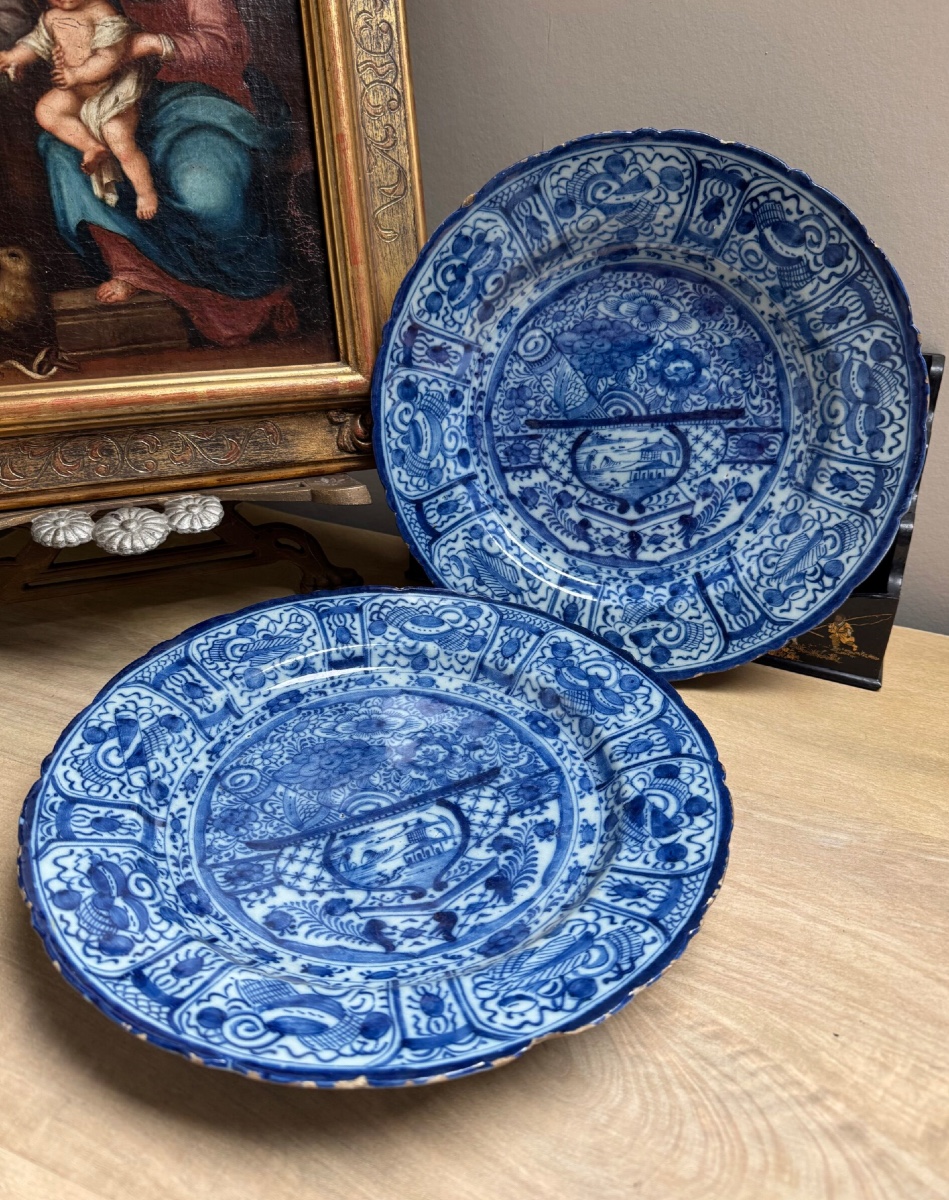















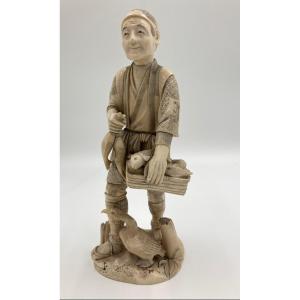


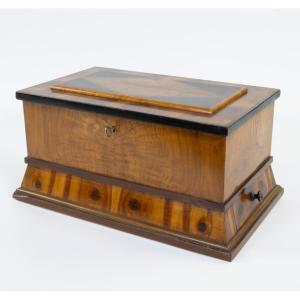
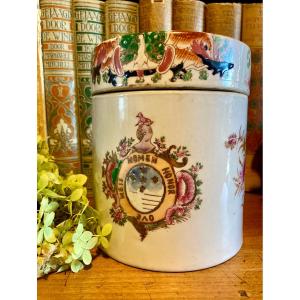




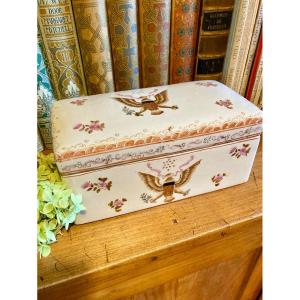


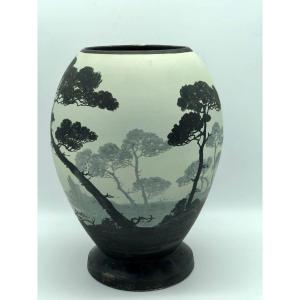





 Le Magazine de PROANTIC
Le Magazine de PROANTIC TRÉSORS Magazine
TRÉSORS Magazine Rivista Artiquariato
Rivista Artiquariato